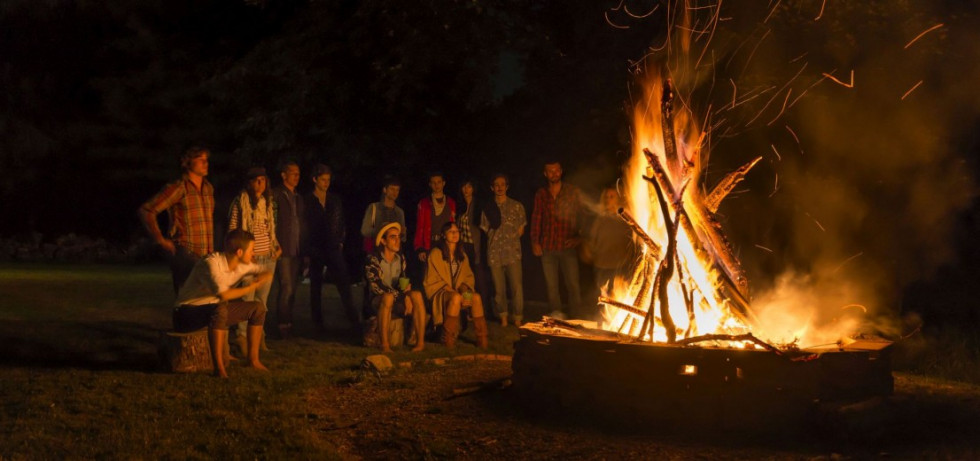Symbolism of bonfire in Slovenia
The tradition used to be part of the celebration of Midsummer’s Eve that takes place every year on the eve of the spring solstice when we celebrate the name-day of St. John the Baptist (24 June). The celebration of Midsummer’s Eve was once the only holiday of the year on which people could have fun with a clear conscience and as much as they wished.
Kresovanje – the bonfire party in Slovenia – is an exceptional cultural heritage dating back to pagan times. Setting up fires symbolically helps the sun to warm up and shine with its full strength. The proverb "ob Kresi se dan obesi" ("on the day of bonfire the day hangs itself") indicates that the longest daylight ends with the Midsummer’s Eve and the days become ever shorter. Hence, the veneration of the sun on that very day played a significant role for our ancestors.
Fire represents light, so its symbolism and function are of utmost importance in many cultures, including religions. It illuminates and purifies. Fire was also the heart of the home, whereas the fireplace was the place of its residence, the gathering area that gave a sense of connection. Similar is true for the rituals performed around bonfires.
In addition to the traditions involving fire or lighting bonfires, many bonfire beliefs are also associated with plants. It is believed that on the night of bonfire plants are filled with miraculous power.
According to the belief, John the Baptist rested on fern at night, which explains why the fern leaves were withered in the morning. The fern was kept during the entire year as it was said to protect a house from fire.
On the Karst plateau, girls and wives used to weave St. John's wreaths and hung them on the front doors. The plants gathered on Midsummer’s Eve and entwined into garlands were thought to protect homes against accidents. The garlands were woven from meadow flowers, fern, laurels, lavender, juniper, yarrow, smoke tree and it was a must to include also the goldmoss stonecrop (Latin Sedum acre), which is commonly known as St John's wort on the Karst plateau.
More on slovenia.si


